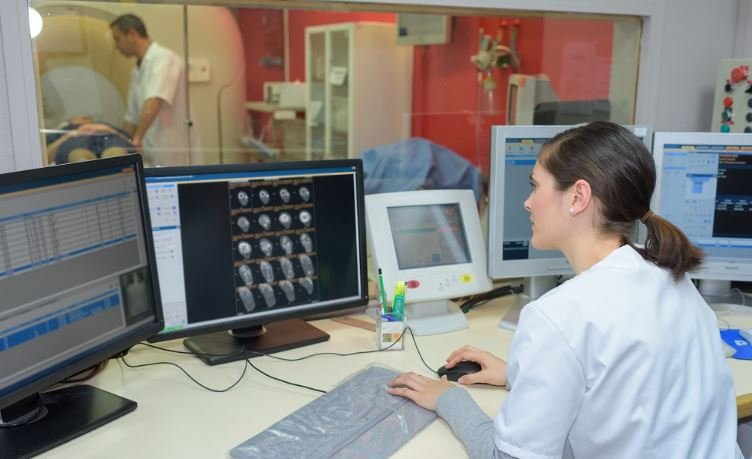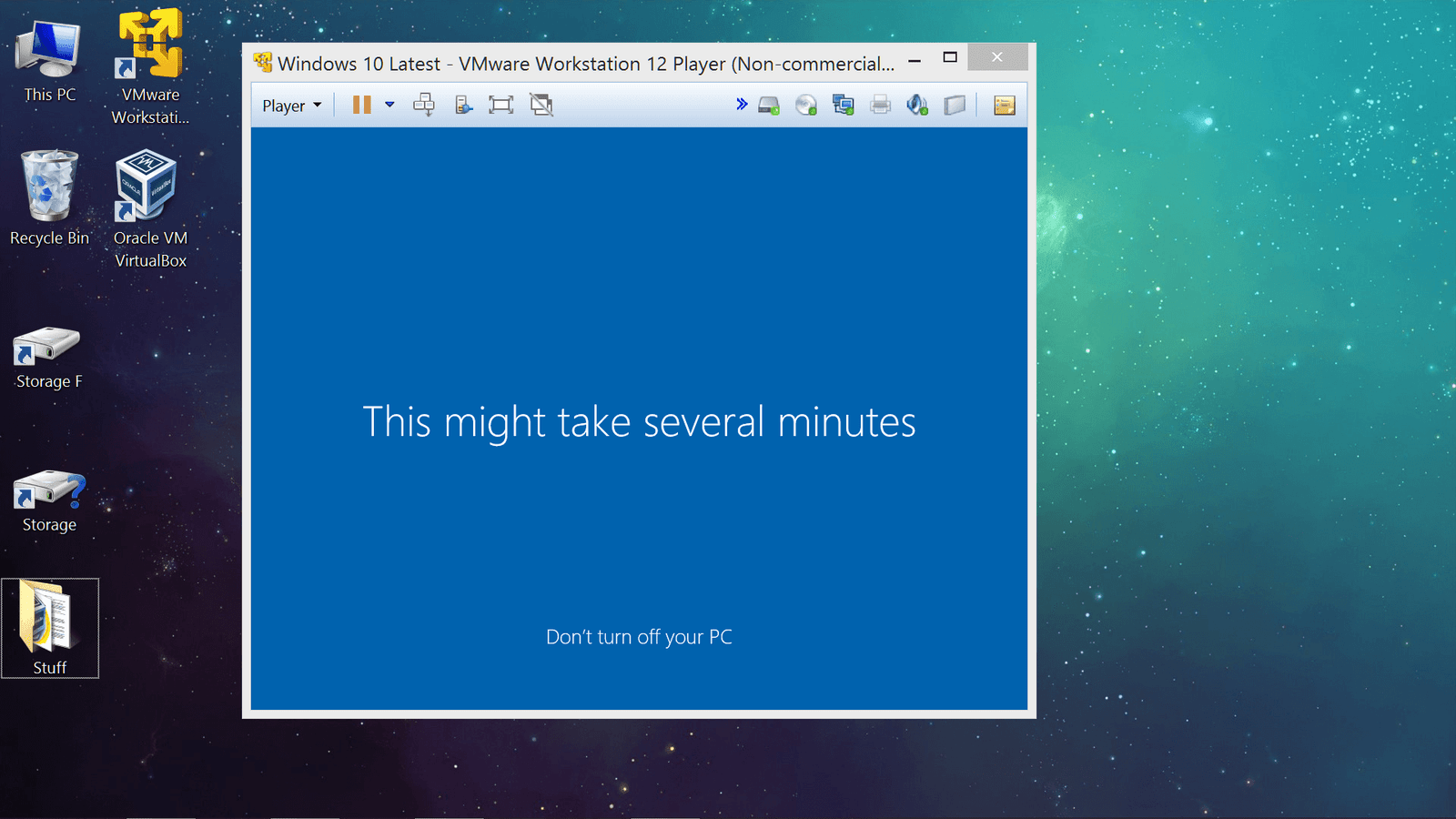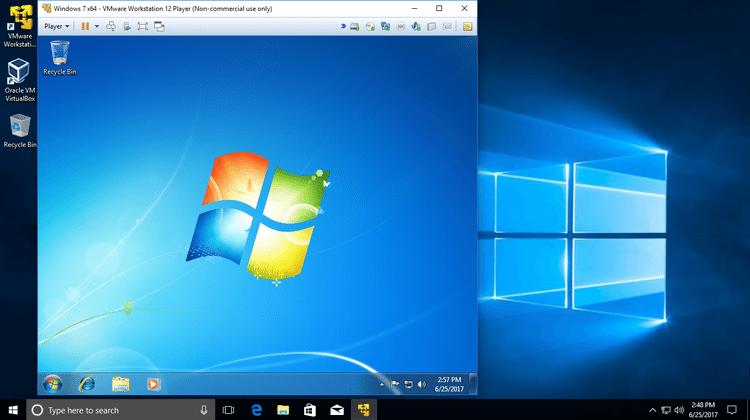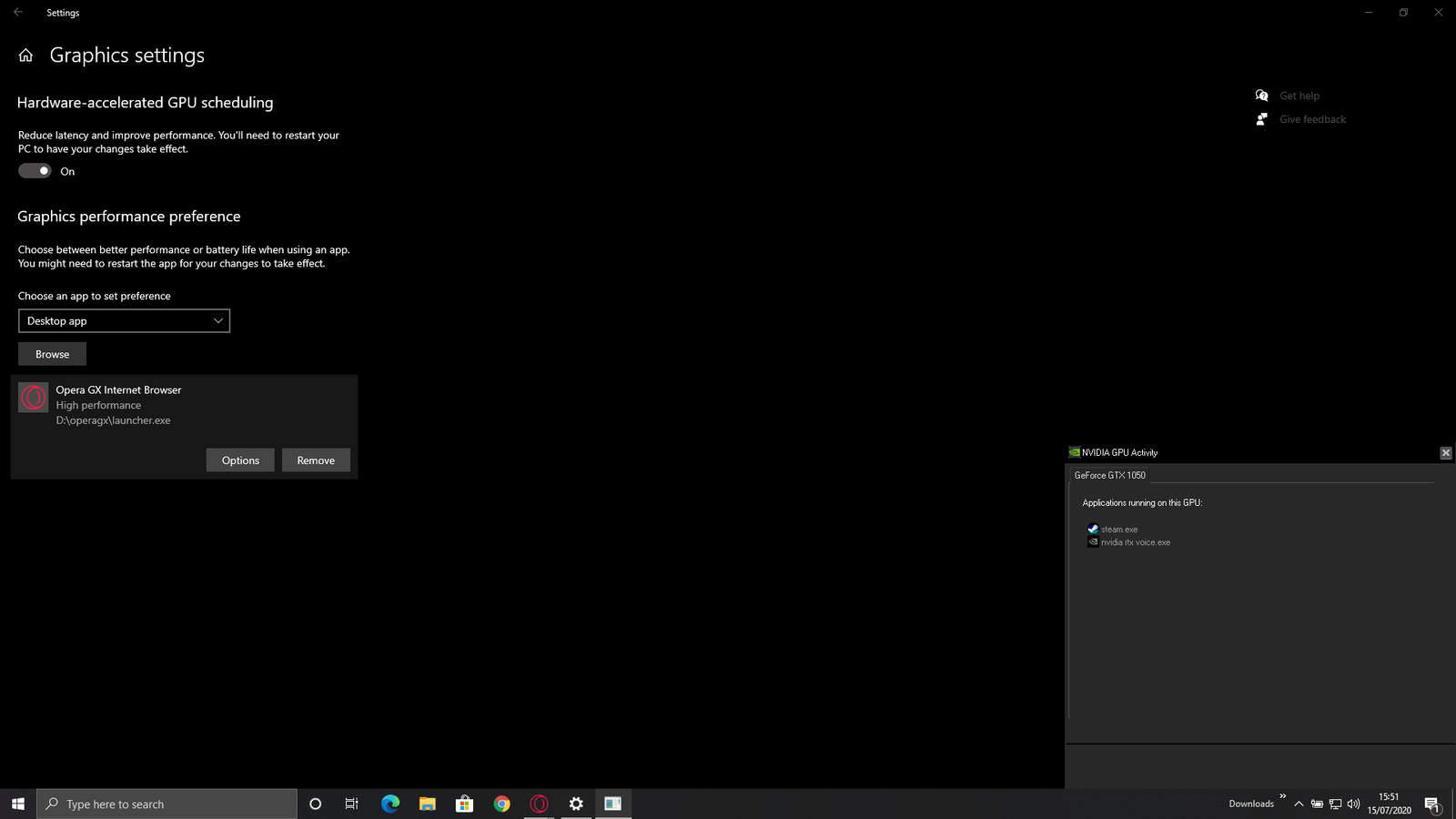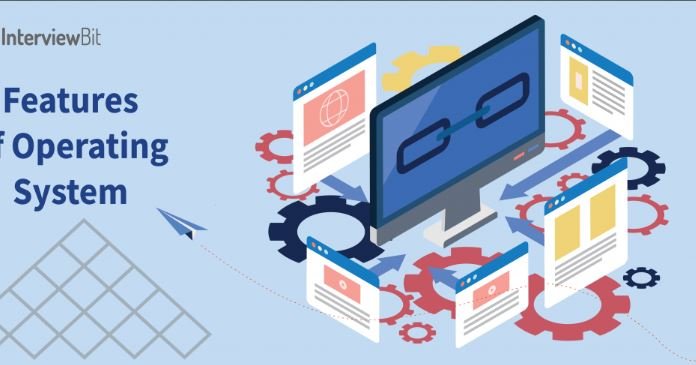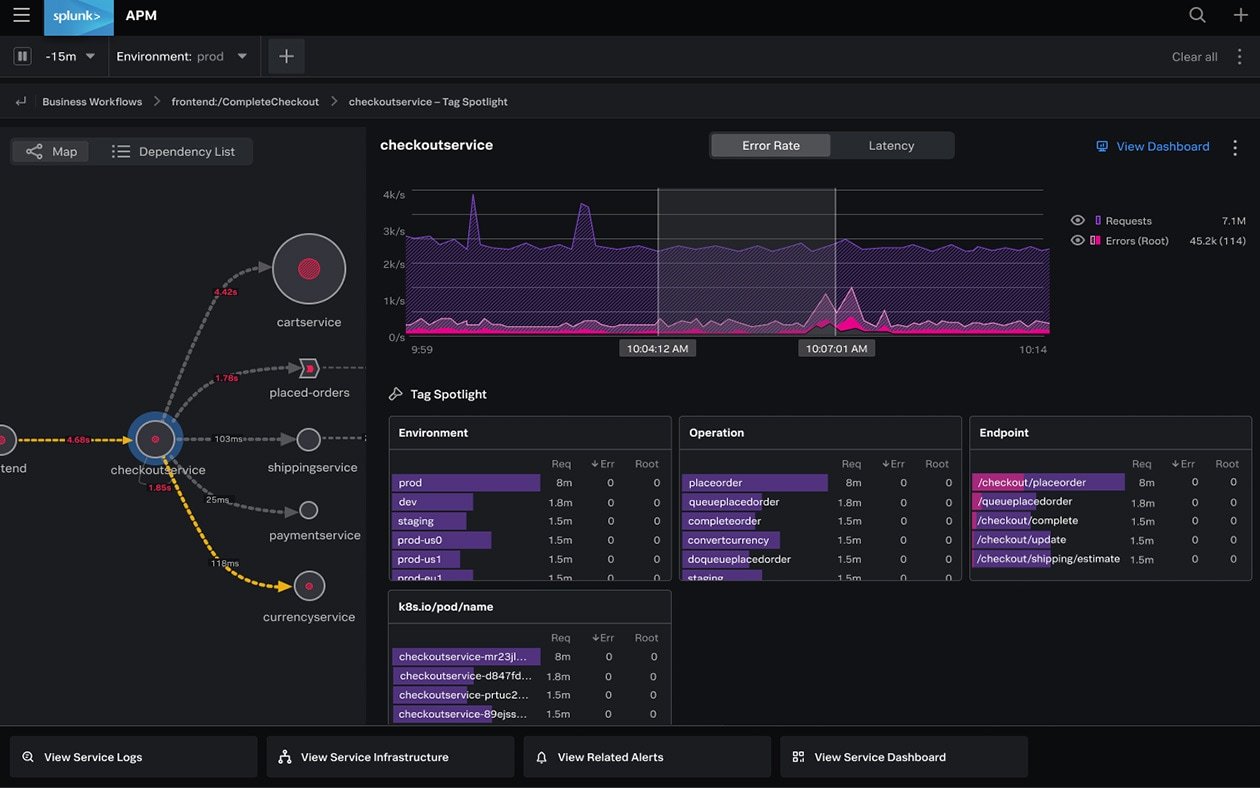When it comes to choosing an operating system (OS) for development work, Linux and Windows are two of the most popular options. Both have their unique strengths and weaknesses, making the decision heavily dependent on the developer’s needs, preferences, and the specific requirements of the projects they are working on. Here’s a comparative look at Linux and Windows to help developers determine which OS might be the best fit for their work.

1. Development Environment and Tools
Linux: Linux is renowned for its flexibility and control, providing developers with a wide range of development tools and environments. It supports a multitude of programming languages and frameworks out-of-the-box, including Python, Ruby, Java, and C/C++. Linux distributions come with powerful command-line utilities and package managers like APT and YUM, which streamline the installation and management of software and libraries. The OS also supports Docker and other containerization tools, making it ideal for modern development practices such as microservices and DevOps.
Windows: Windows offers a comprehensive development environment with robust support for Microsoft technologies. Integrated Development Environments (IDEs) such as Visual Studio are highly optimized for Windows, providing extensive tools for developing applications using languages like C#, .NET, and ASP.NET. Windows Subsystem for Linux (WSL) allows developers to run a Linux distribution alongside Windows, enabling the use of Linux tools and scripts within a Windows environment. This feature bridges the gap between the two operating systems, offering a hybrid approach.
2. Software Compatibility
Linux: One of Linux’s key advantages is its open-source nature, which allows developers to modify and adapt the OS to suit their needs. Many open-source development tools and libraries are designed to run seamlessly on Linux. Additionally, Linux’s compatibility with a wide range of programming languages and tools makes it a versatile choice for various development projects. However, some proprietary software and applications may not be available on Linux, necessitating workarounds or alternative solutions.
Windows: Windows is widely recognized for its broad software compatibility, including numerous commercial and proprietary applications. This makes it an attractive option for developers working with software that is primarily designed for Windows. For instance, many enterprise applications and development tools are optimized for the Windows environment. Additionally, Windows supports a vast range of hardware, making it easier to work with diverse development setups.
3. Security and Stability
Linux: Linux is often praised for its security and stability. Its open-source nature means that vulnerabilities can be quickly identified and patched by the community. Additionally, Linux’s permission system and user management features provide strong security controls, making it a preferred choice for server environments and development of security-sensitive applications. Linux is also known for its stability, which is crucial for long-term projects and production environments.
Windows: Windows has made significant strides in security over the years, with features such as Windows Defender, BitLocker, and frequent security updates. However, due to its popularity, Windows is often a target for malware and attacks, necessitating vigilant security practices. Windows is generally stable for development purposes, though it may require more frequent updates and maintenance compared to Linux.
4. Customization and Control
Linux: Linux offers unparalleled customization and control, allowing developers to tailor their development environment to their exact specifications. From choosing different desktop environments to configuring system settings and scripts, Linux provides the flexibility to create a personalized development setup. This level of control is particularly beneficial for developers who prefer to fine-tune their environment for optimal performance.
Windows: While Windows offers a degree of customization, it is generally more constrained compared to Linux. The OS provides a user-friendly interface and a range of settings to personalize the environment, but developers may find it less flexible in terms of deep system customization. Windows focuses on delivering a consistent user experience rather than extensive configurability.
5. Cost and Licensing
Linux: Linux is free and open-source, which means developers can use, modify, and distribute it without incurring costs. This can be particularly advantageous for startups and independent developers who want to minimize expenses. Additionally, many development tools and libraries available for Linux are also free, further reducing costs.
Windows: Windows typically requires a license, which can be a significant cost factor for developers. While there are free versions and development editions available, the full-featured professional versions come with licensing fees. However, Windows offers extensive support and integration with other Microsoft products and services, which may justify the cost for some developers.
Conclusion
Choosing between Linux and Windows for development depends on a variety of factors, including the developer’s specific needs, the nature of the projects, and personal preferences. Linux offers flexibility, control, and a strong open-source ecosystem, making it ideal for a wide range of development tasks. Windows provides robust support for Microsoft technologies, broad software compatibility, and a user-friendly interface. Ultimately, the best choice will depend on the individual developer’s requirements and the specific tools and technologies they work with.





